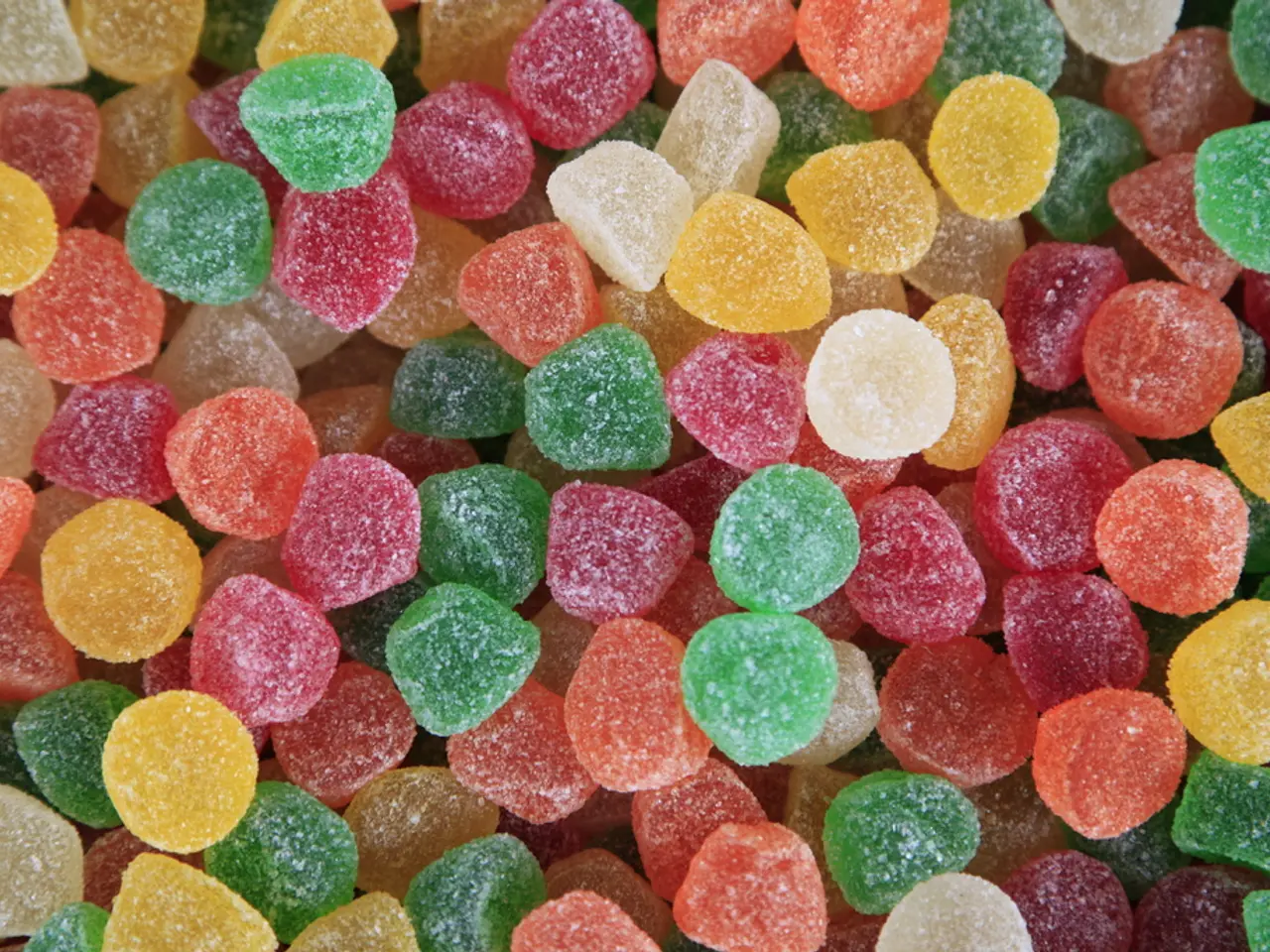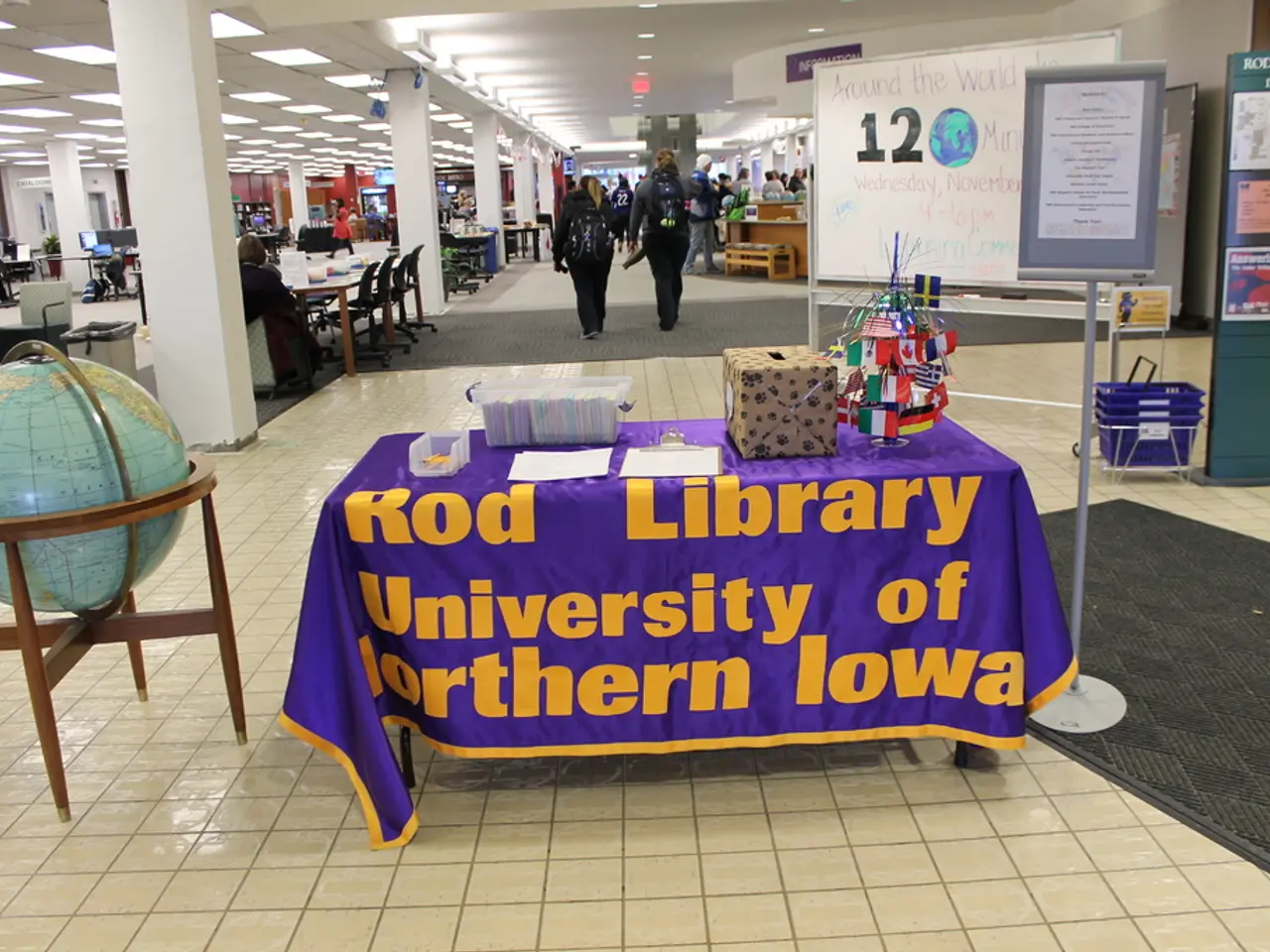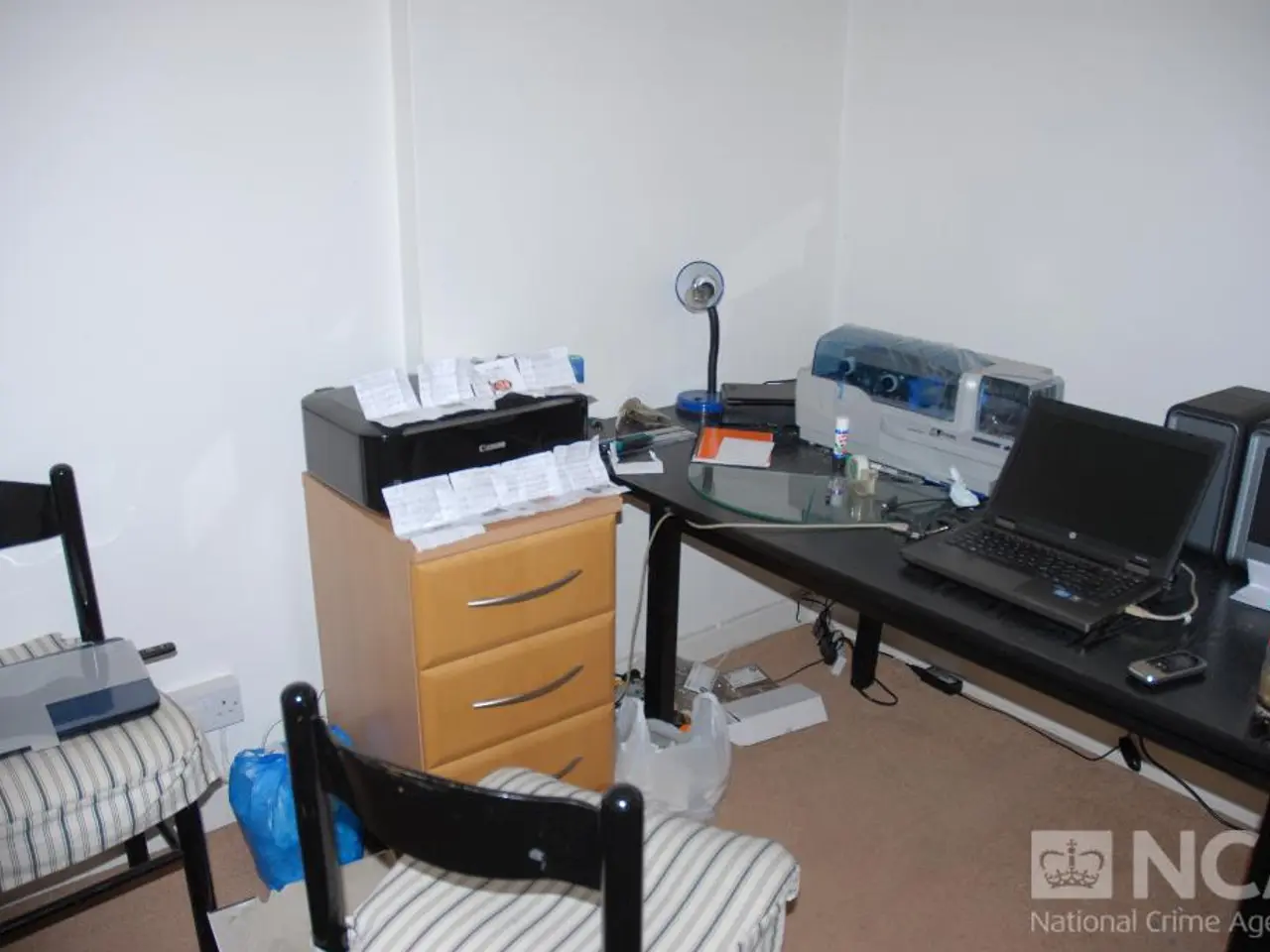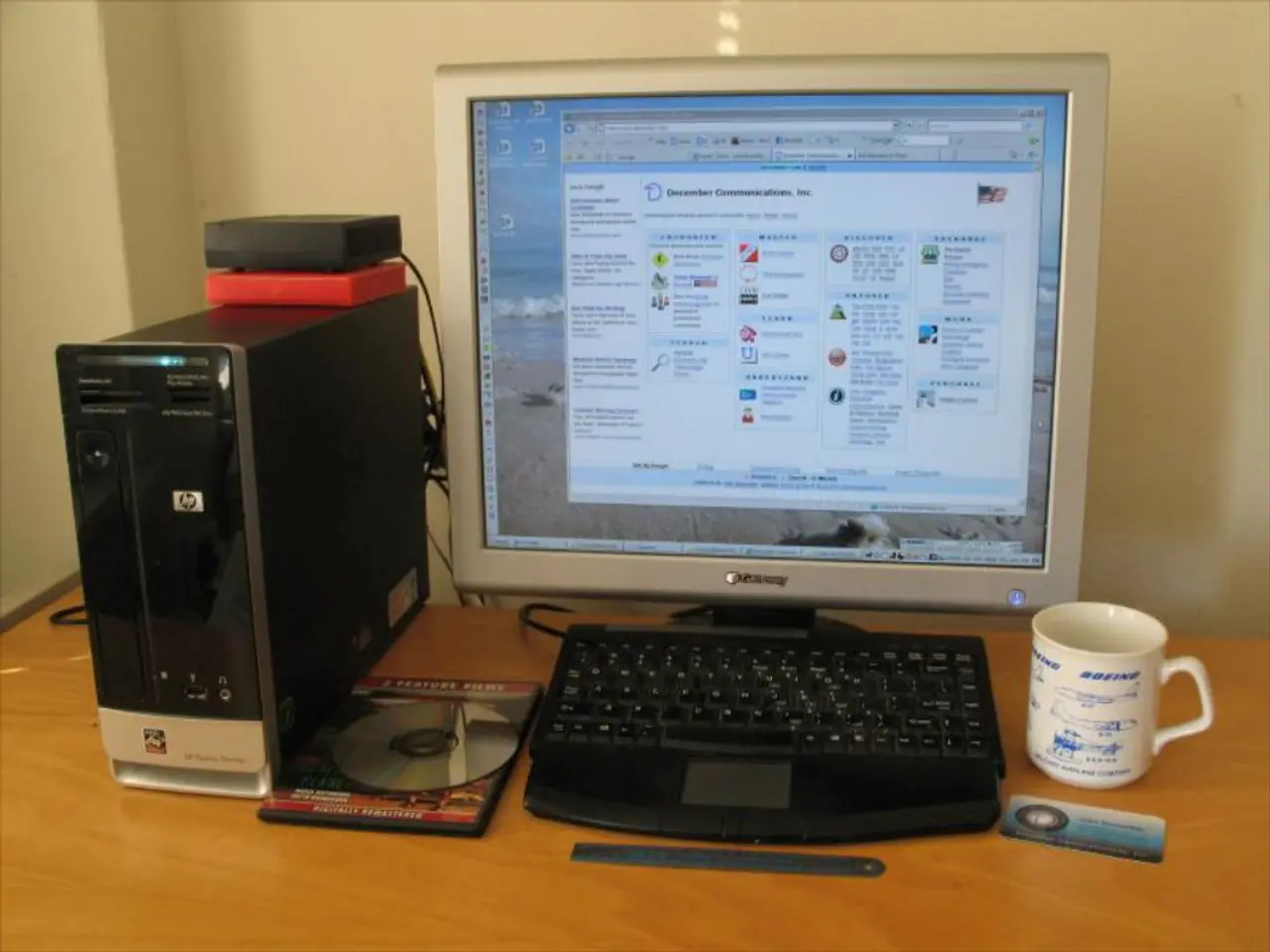Method for Creating Rock Candy (DIY Sugar Crystal Guide)
In the realm of science projects suitable for a chemistry science fair, growing sugar crystals at home stands out as an engaging and informative activity. This experiment offers a hands-on approach to understanding key concepts such as crystallization, solubility, saturation, and evaporation.
To begin, gather your materials: 4 cups of granulated sugar, 1 cup of water, Mason jars or clear cups, cotton string, a popsicle stick or straw, food coloring (optional), edible glitter (optional), clothespins (optional), and a heat source.
Start by heating 1 cup of water and adding sugar until no more dissolves, creating a supersaturated solution. This step demonstrates the boundary between solubility and saturation, where the solution contains the maximum amount of dissolved sugar possible under those conditions.
Next, wet the string and roll it in sugar to give the crystals a head start. Then, tie the string to a straw or popsicle stick and place it across the jar's opening. This sets the stage for crystal growth.
Placing the jar in a warm, undisturbed area with good airflow can help crystal growth. The process of evaporation, which reduces the solvent volume and increases the sugar concentration, drives further crystal growth.
In step 5, the jars are left undisturbed for 7-10 days to allow the crystals to grow. It takes 5 to 10 days for sugar crystals to grow, with crystals starting to form within 1-2 days.
Key factors influencing the size and quality of crystals include temperature control, rate of evaporation, seeding availability, and solution concentration—showcasing how physical conditions affect crystallization kinetics and outcomes.
Brown sugar may produce darker, less clear crystals due to molasses. On the other hand, powdered sugar dissolves faster but might not form strong crystals. If no crystals formed, it may be because the solution was not saturated enough or enough sugar was not used.
Once crystals start forming, the sugar solution cannot be reused. In step 6, the crystals are removed and let to dry on a paper towel before consumption. If clean jars, food-safe string, and edible glitter or food coloring were used, the sugar crystals are safe to eat.
The experiment explores crystallization, solubility, saturation, evaporation, and molecular structure. By growing sugar crystals at home, you're not just creating a tasty treat but also gaining a practical understanding of these core chemistry concepts.
Moreover, the scientific method can be applied to other food or candy experiments, such as Ice Cream In A Bag, Strawberry DNA Extraction, Making Edible Geodes, Fizzing Lemonade, Maple Syrup Snow Candy, and Homemade Butter.
For those seeking additional crystal-related activities for kids, consider the Salt Crystals Experiment, Borax Crystals, Eggshell Geodes, and Edible Geode Candy.
Joining the Library Club Membership provides access to a complete library of art and STEM printables, helping to keep hands-on, high-quality learning alive. So, let's get growing and discover the fascinating world of crystallization!
- This fun and informative science project, growing sugar crystals at home, is an engaging activity for a chemistry science fair.
- These hands-on experiments, like growing sugar crystals, offer a practical approach to understanding key concepts such as crystallization, solubility, saturation, and evaporation.
- For art enthusiasts, adding food coloring or edible glitter to the sugar crystals can make the activity more visually appealing.
- In the realm of STEM activities, the sugar crystal experiments can be extended to include measurements and analysis, providing a stronger foundation in science learning.
- In the realm of cooking and lifestyle, sugar crystals grown at home can be used as decorative elements or even added to food-and-drink creations for an unique touch.
- Home and garden enthusiasts might find it interesting to incorporate sugar crystals in DIY projects, such as creating home-made Christmas ornaments.
- Projects like growing sugar crystals can be a stepping stone to more complex science projects, introducing kids to the wonders of chemistry and the scientific method.
- Joining a Library Club Membership grants access to a library of art and STEM printables, helping to support hands-on, high-quality learning for kids in various subjects.
- Besides growing sugar crystals, there are other crystal-related activities for kids available, such as the Salt Crystals Experiment, Borax Crystals, Eggshell Geodes, and Edible Geode Candy, to further explore the fascinating world of crystallization.




